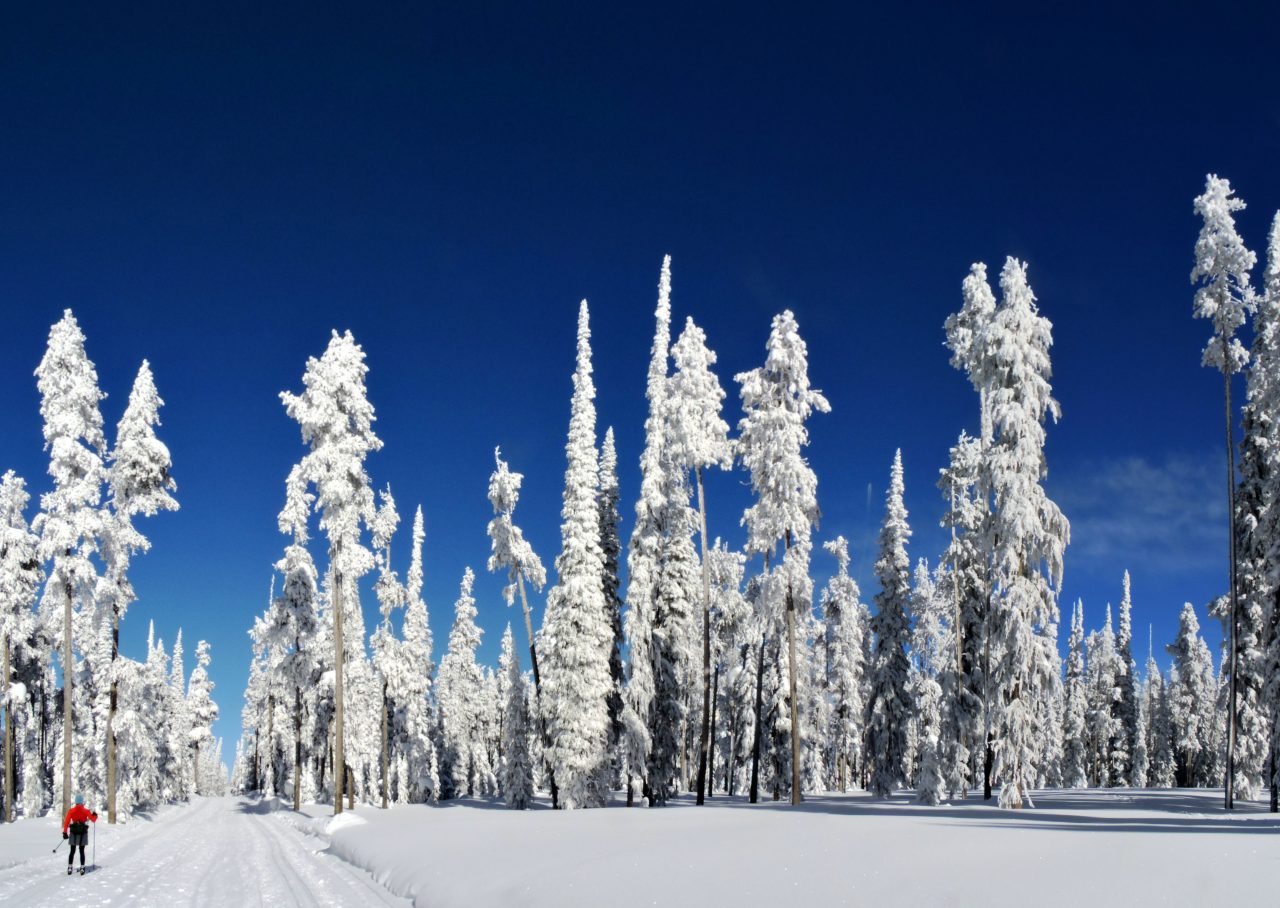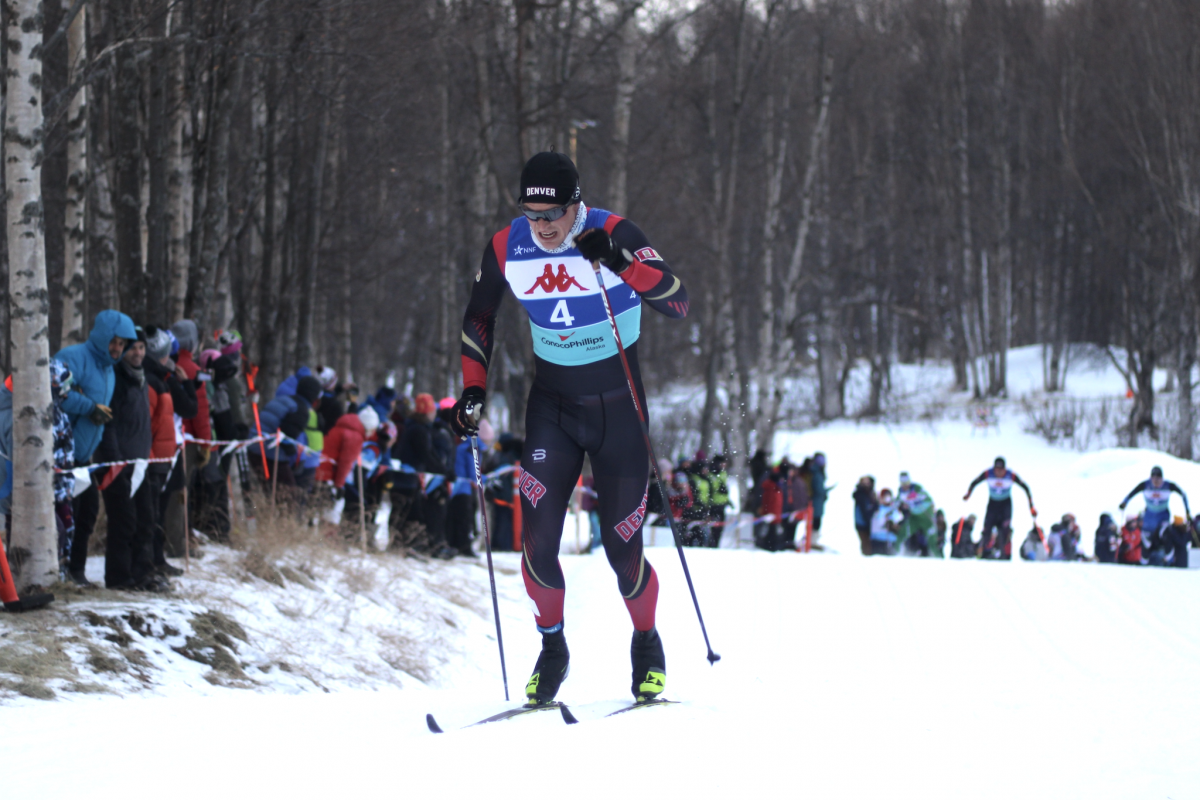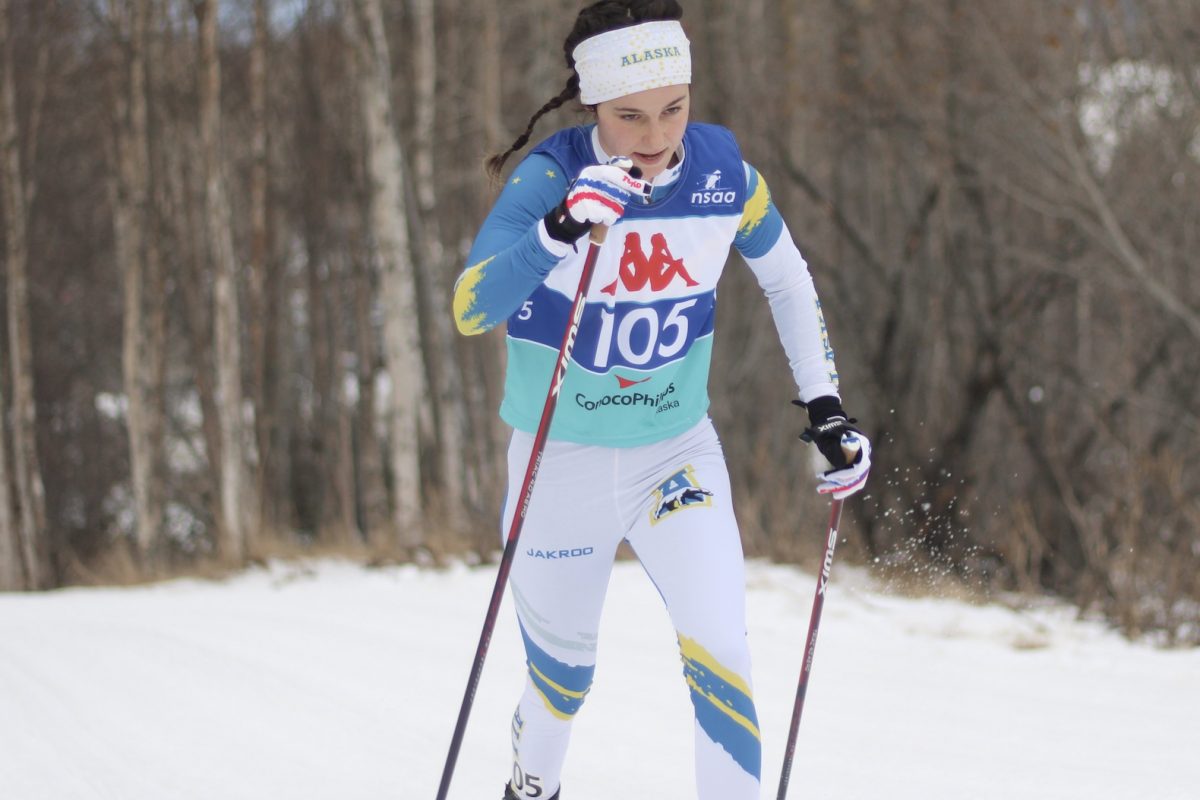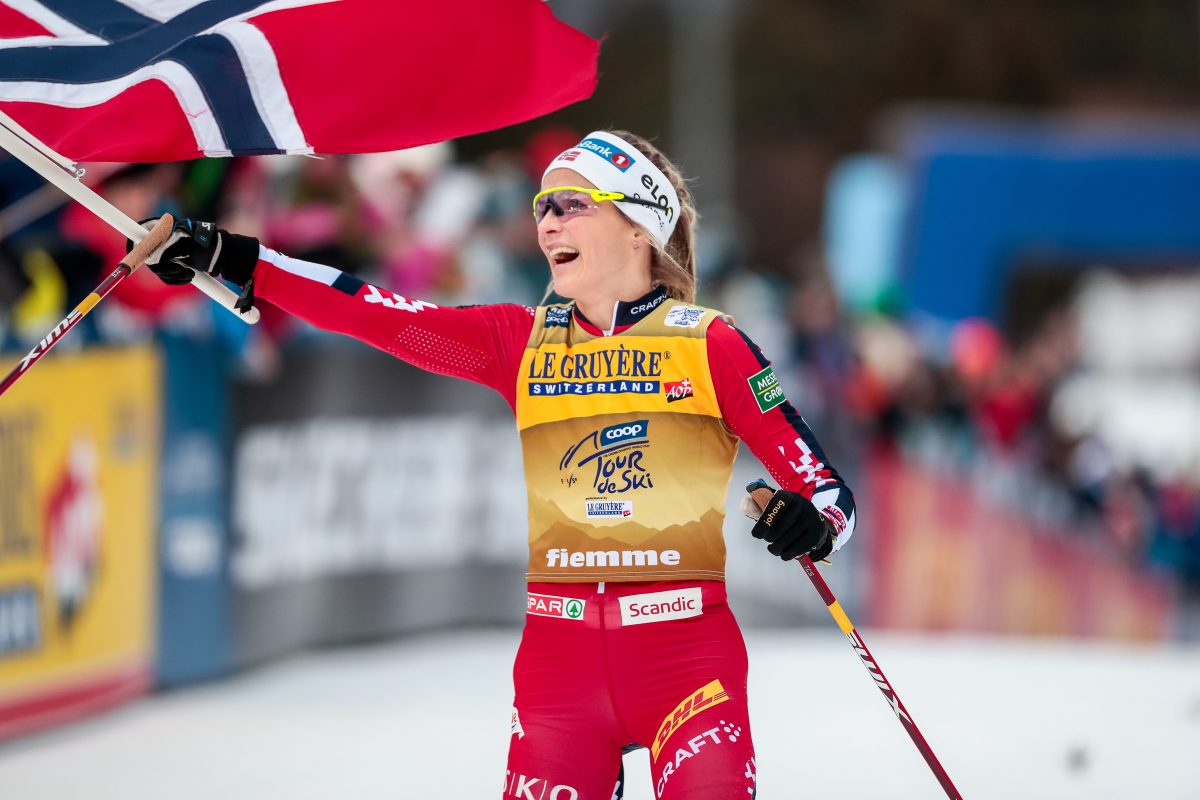
Cross-country skiing isn’t just a great way to stay fit, but one of the finest sports for exploring beautiful landscapes. Moreover, it is simple to learn, such that even beginners would be out discovering the region’s trails in no time.
It is primarily up to you how long it will take to get into cross-country skiing. Your level of fitness, style, having the correct equipment (renting or acquiring boots, skis, etc.), and whether you are beginning with a professional trainer to guide you through the process are all variables that influence the duration of your growth curve.
Among people who learn skiing are students. During holidays, they can entrust their academic duties to custom essay writing services like CustomWritings.com and get some free time to have rest.
Is Cross-Country Skiing Hard to Learn?
Cross-country skiing is unquestionably more difficult than alpine skiing because moving forward on level terrain or up steep-hill ski trails needs considerably more power, endurance, and speed – making this one of the finest cardio exercises among winter sports. Learning cross-country skiing, however, is simple enough that you can start to explore the ski trails right away.
How to Easily Learn Cross-Country Skiing
Cross-country skiing is one of the best ways to keep physically as well as mentally fit while also connecting with nature. If you really have no idea where to begin but want to give it a shot, here are a few tips to follow.
Choose Either Skate Skiing Or Classic Cross-Country
Many trainers think that the best style, also called classic cross-country skiing, is the best way to get acquainted with your cross-country skis. Here, your skis stay parallel and are pointing straight ahead. Classic skiing is just like running or walking on skis; therefore, as a newbie, the most professional ski trainers will advise you to begin learning classic skiing first, as it is more natural and similar to our daily motions.
Skate skiing (also called freestyle cross-country skiing) is generally regarded as the more difficult of the two. This is because skate skiers’ movements are more akin to ice skating, so their pace is much faster than traditional cross-country skiing.
Register For Lessons
Trained professional instructors can be found in cross-country ski areas. Lessons are also available through Nordic ski venues, park divisions, and equipment outfitters.
Take Lessons From A Friend.
Any snow-covered outdoor area (public parks and country clubs can work); however, a recreation center with marked trails (with straightened snow and ski tracks) is best. You would also like flat terrain and areas free of avalanche danger.
Buy Or Rent Equipment
If you are not certain that cross-country skiing is your sport, we recommend renting your equipment. The best cross-country skiing areas have a plethora of accommodations and stores where visitors can rent poles, skis, and shoes during the day. The people who would like to take the leap and purchase the equipment can find many athletics shops with amiable and knowledgeable staff who’ll be delighted to assist.
No-wax skis are frequently great equipment for beginners. These skis’ bases are particularly designed to assist skiers in climbing hills without slipping head back. In addition, they could be utilized with or even without wax, which makes them a great choice for novice skiers.
More seasoned skiers typically use traditional skis with wax on their base. Traditional cross-country snow sports skis are typically 10 centimeters longer than skating skis.
The selection of boots and posts is equally important. Skiers using the Classic technique necessitate poles that reach all the way up to the skier’s neck when positioned on the ground. On the other hand, Skating necessitates poles that reach the chin of the skier. In addition, the boots should be warm and offer safety by covering the ankle. And lastly, if you decide to adjust your shoes more frequently than the skis, an adjustable binding system is a good investment.
What Is the Best Place to Learn Cross-Country Skiing?
Whether you started learning to ski from a personal instructor, a ski school, or have your own from the internet, you will always begin on relatively flat surfaces. As a novice, choosing terrain with no substantial altitude gains or falls is best. Many ski areas are made up of terrains and loops designed exclusively for beginners. These are not only smaller and easier paths, but they are also designed to force you to practice and replicate the fundamental techniques required for major difficult trails. Furthermore, you do not impede other, quicker skiers while practicing the fundamentals. Once you’ve mastered it, you can progress to longer paths to challenge yourself.
Another reason you shouldn’t start practicing in your yard is that most Nordic ski centers have primed trails for both classic and skate patterns. And not just to be attractive. Groomed tracks can even aid your method by guiding your skis. Groomed trails are classified as green (easy), blue (intermediate), as well as black (hard).
A Few Precautions For Skiers
Here are a few factors you need to consider while cross-country skiing.
Stay Warm By Being Proactive
Don’t hesitate to alter layers if you’re getting cold, particularly on your legs and feet. Also, if you’re perspiring a lot, adjust your layers because excessive moisture can make you cold. It’s a good idea to bring arm and leg warmers, as well as a refillable vacuum bottle with a warm drink.
Avoid The High Avalanche Regions
Visiting a resort reduces this risk, as does skiing in plain, lowland regions with no avalanche history. However, if you want to ski on another landscape someday, you should learn the fundamentals of avalanche safety.
Know How To Navigate
If you’re going somewhere where there isn’t a well-developed cross-country trek system, carry a topographic map, a compass, and possibly a GPS, as well as ensure you have basic navigation expertise before you go.
Fall Gently
Even expert skiers fall from time to time. However, if at all possible, avoid sticking the poles or your forearms as you fall, as this increases the likelihood of an injury or gear damage. Rolling sideways is usually a good strategy, assuming you have quite enough control and don’t roll into a shrub or other danger.
A Final Word
This article discusses all cross-country skiing, how long it takes to learn it, the equipment needed, and where to learn it, as well as a few necessary precautions.
Learning cross-country skiing takes dedication and practice, similar to mastering any new skill. For those looking to try their luck with online games, www.nettcasino.com offers a variety of options for entertainment and enjoyment.
We hope this article has given you the necessary information to start your cross-country skiing adventure!



